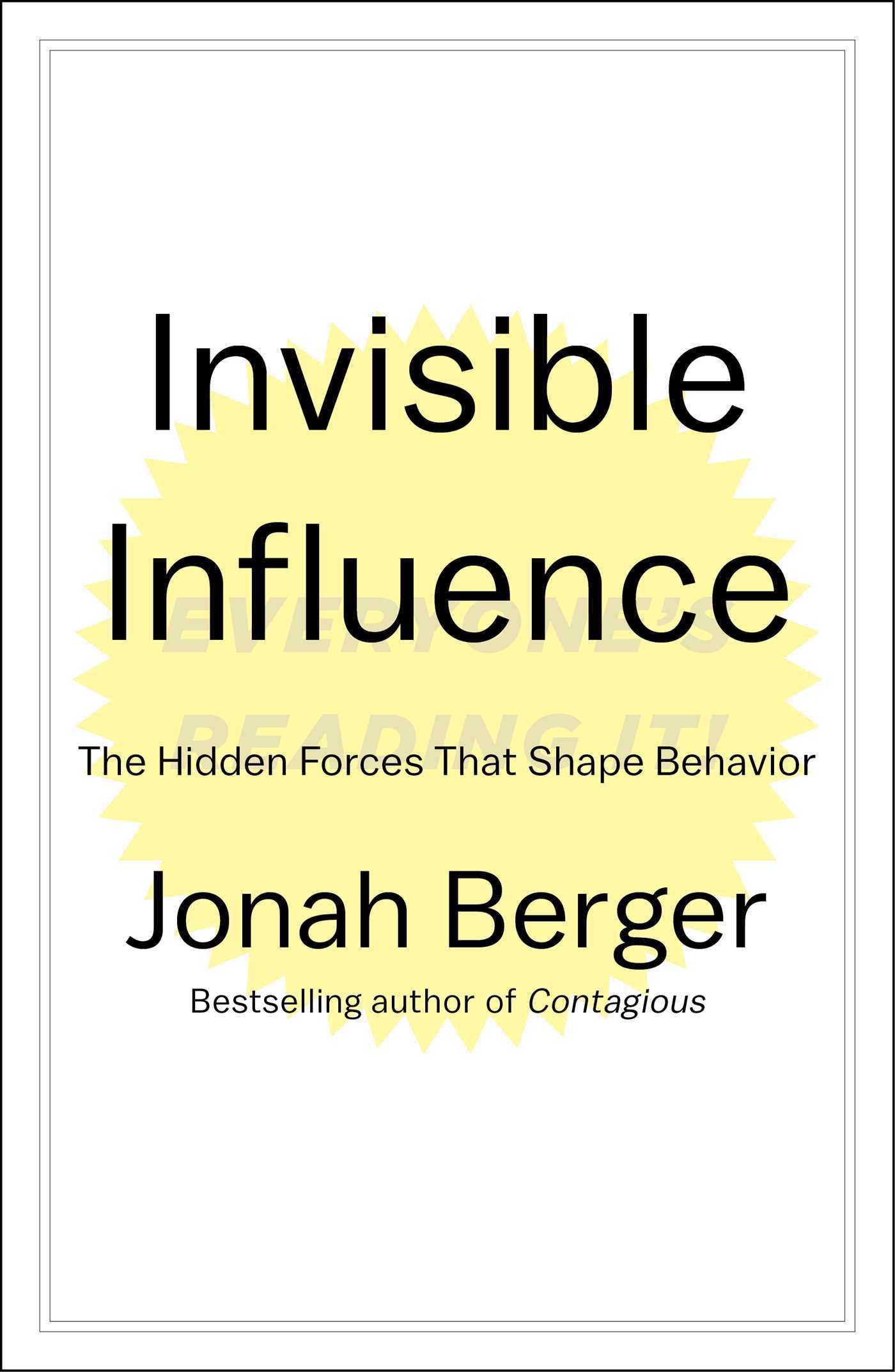What do you think?
Rate this book


272 pages, Hardcover
First published June 14, 2016

"Where we grow up, and the norms and practices of people around us, shape everything from the language we use to the behaviors we engage in. Kids adopt their parents’ religious beliefs and college students adopt their roommates’ study habits. Whether making simple decisions, like which brand to buy, or more consequential ones, like which career path to pursue, we tend to do as others around us do..."
"The idea that mere exposure increases liking may seem strange at first, but it has actually been shown in hundreds of experiments. Whether considering faces in a college yearbook, advertising messages, made-up words, fruit juices, and even buildings, the more people see something, the more they like it. Familiarity leads to liking..."
"Recently, I was talking to a friend of mine who is a lawyer. He asked what I was working on, and when I told him I was writing a book on social influence, he lamented its impact on his colleagues.
“Everyone wants to be the same,” he said. “Young lawyers get a bonus and one of the first things most of them do is buy a BMW.”
When I pointed out that he, too, drove a BMW, he took issue with my comment. “Sure,” he said, “but they all drive silver BMWs. I drive a blue one...”